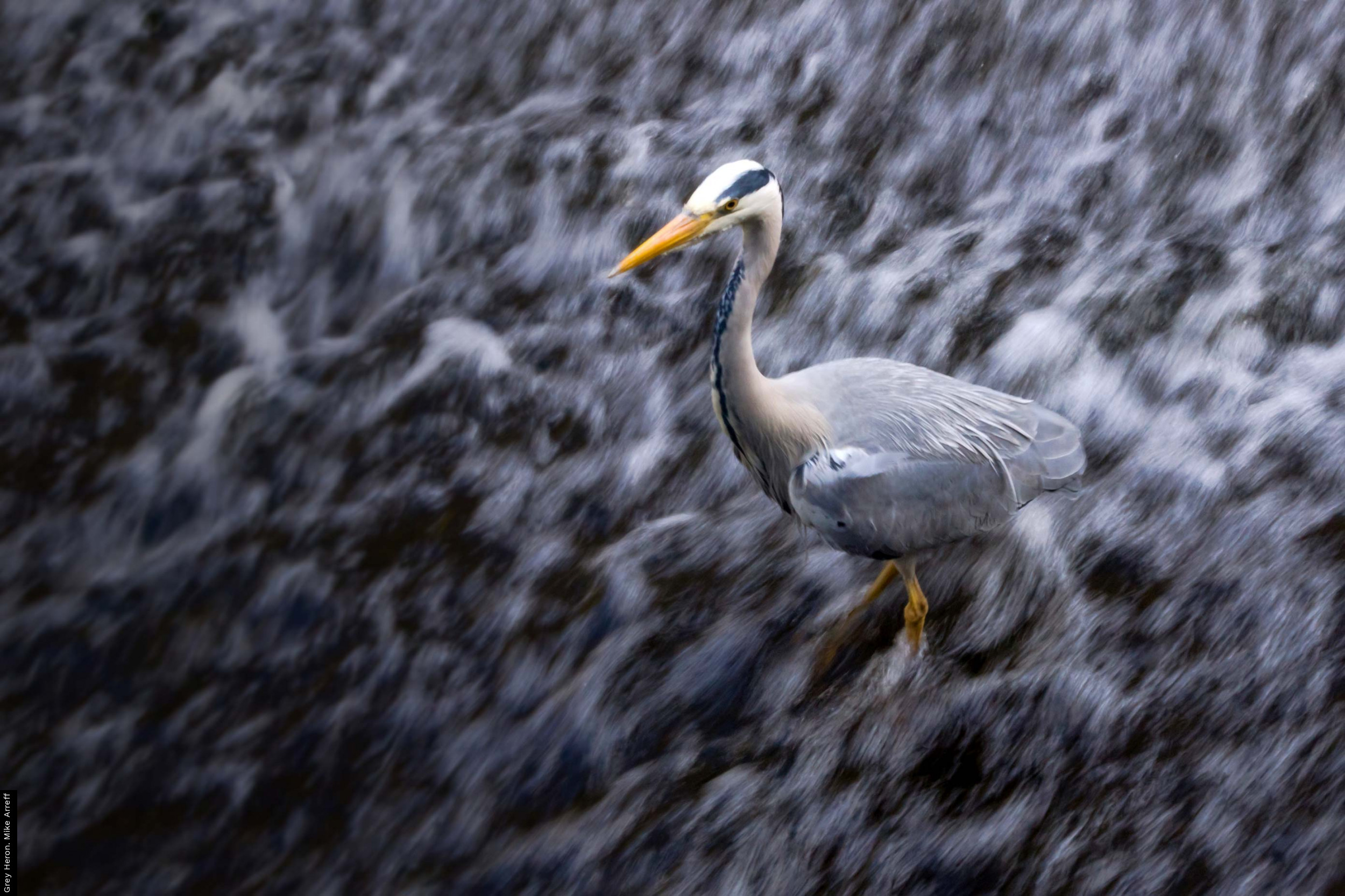About Heronries Census

The simple aim of the Heronries Census is to collect counts of 'apparently occupied nests' (aon) of herons, egrets and other colonial waterbirds from as many heronries as possible in the United Kingdom each year.
Many heronries hold a dozen or more nesting pairs, even a hundred or more, and occupy traditional, well-known sites that are active for many decades. Smaller and shorter-lived heronries must also be included in the counts, however, to ensure that the data represent the whole population. Even single nests of any of the normally colonial heron or egret species are relevant to the Heronries Census, even if only occupied for one season.
Changes in the numbers of nests over time are a clear measure of population trends. The more heronries that can be counted each year, the more certain we can be of population trends at national, regional and local scales.
Counts are made by BTO volunteers and collated at BTO HQ in Thetford.






Share this page